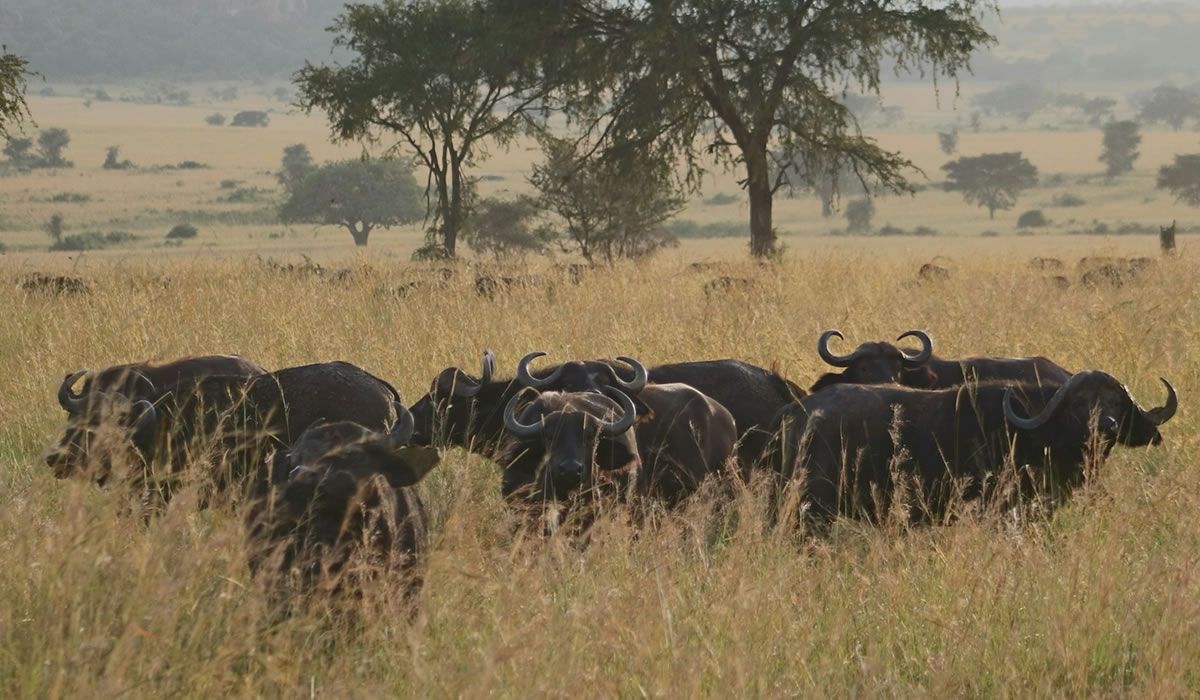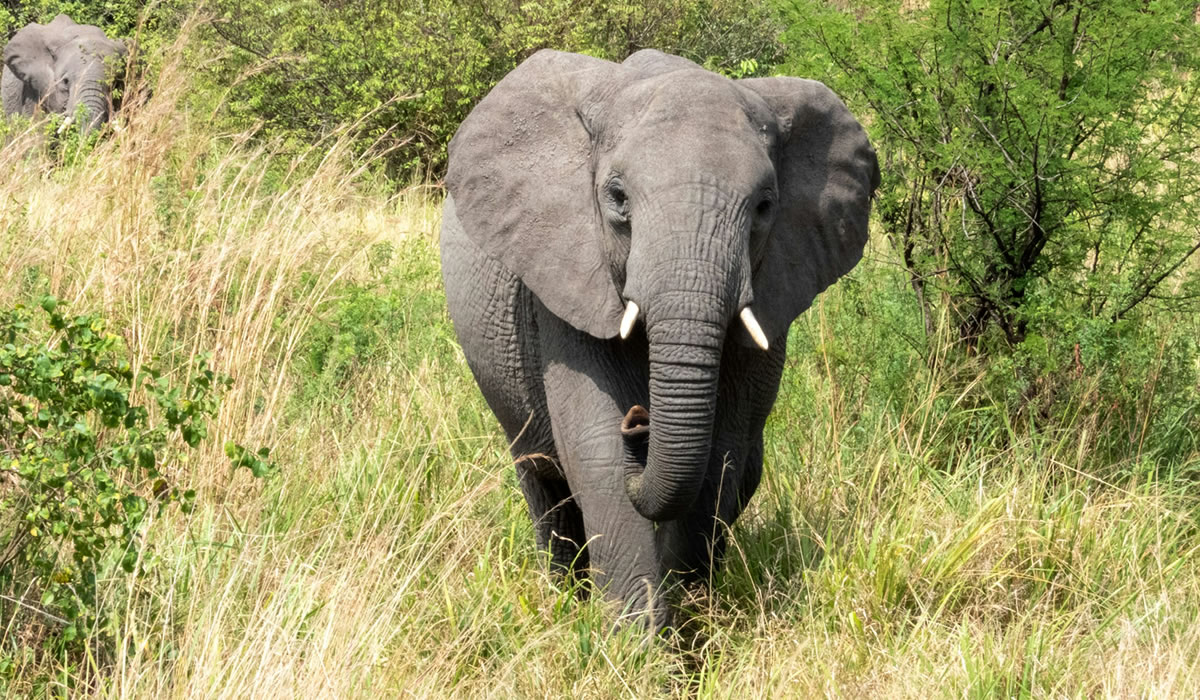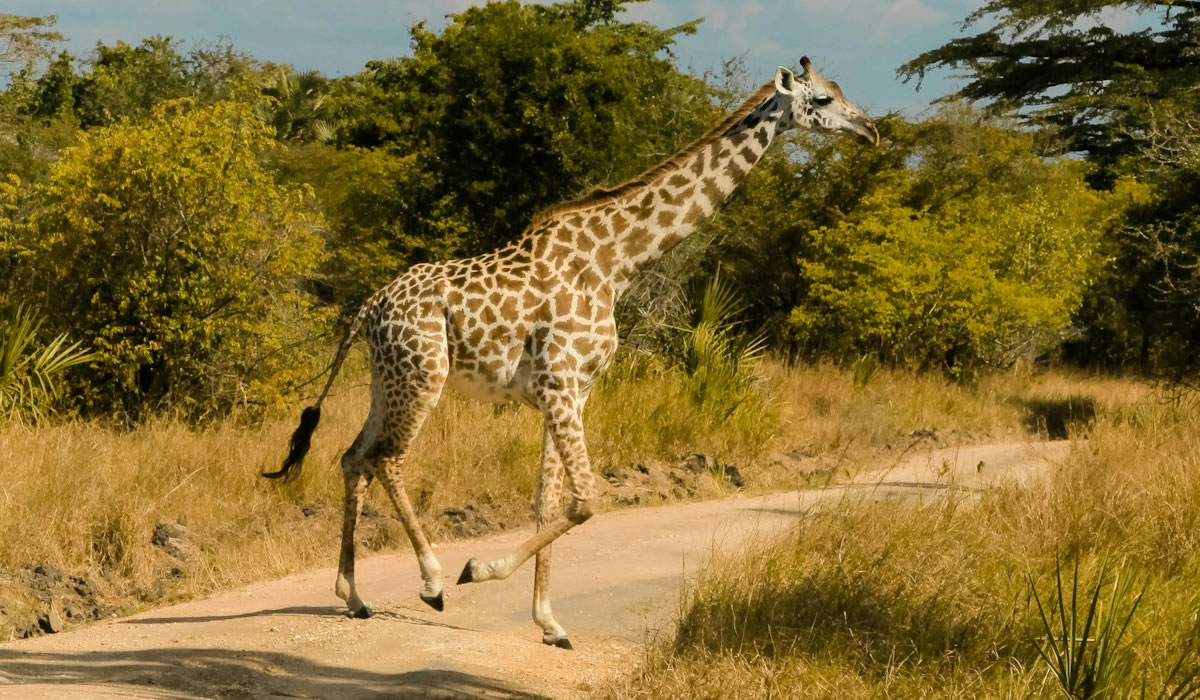Ruaha National Park is one of Africa’s best-kept safari secrets, offering an untouched, wild and remote experience in the heart of southern Tanzania. As the largest national park in Tanzania and one of the largest in East Africa, Ruaha spans over 20,000 square kilometers, making it a massive wildlife sanctuary. Unlike the more trafficked northern circuit parks such as Serengeti and Ngorongoro, Ruaha National Park delivers raw wilderness, fewer crowds and some of the most exhilarating predator-prey interactions on the continent. This comprehensive guide explores everything you need to know about Ruaha National Park, including its history, landscape, wildlife, safari activities, accommodations, best time to visit and how to get there.

Introduction and History
Ruaha National Park was established in 1964 and derives its name from the Great Ruaha River, which flows along its southeastern border. The park was originally part of the Rungwa Game Reserve and was set aside to preserve its unique mix of eastern and southern African flora and fauna. Over time, additional areas were incorporated, and today the park is part of the greater Rungwa-Kizigo-Muhesi ecosystem, one of the most biologically diverse conservation regions in Africa.
Unlike northern circuit parks that receive heavy tourist traffic, Ruaha has remained relatively under-visited, making it an ideal destination for seasoned safari-goers and adventurous travelers seeking a more authentic and isolated wildlife experience. It forms a core component of Tanzania’s southern safari circuit, which also includes Mikumi, Udzungwa and Nyerere (formerly Selous) National Parks.
Geography and Landscape
Ruaha National Park is situated in central Tanzania, within the Iringa and Dodoma regions. Its vast, rugged terrain is defined by rolling hills, open savannahs, rocky escarpments, seasonal rivers, and dense woodlands. The Great Ruaha River is the park’s lifeline, attracting animals from vast distances during the dry season.
The landscape is marked by:
- Miombo Woodlands: Home to a variety of birdlife and antelope species.
- Baobab-Studded Plains: Iconic scenes featuring ancient baobab trees and dramatic sunsets.
- Riverine Forests: Found along rivers and water bodies, hosting hippos, crocodiles and a variety of bird species.
- Granite Outcrops and Hills: Providing excellent vantage points for spotting wildlife.
This diversity in habitat supports an extraordinary array of wildlife species, both common and rare, making Ruaha National Park one of the most ecologically rich areas in Tanzania.
Wildlife in Ruaha National Park

Ruaha is often referred to as Tanzania’s best-kept wildlife secret due to its stunning biodiversity and relatively low number of visitors. It boasts over 10,000 elephants, one of the largest populations in any African national park. The wildlife density is especially high during the dry season when animals converge at the riverbanks and waterholes.
Key species in Ruaha National Park include:
- Lions: The park has one of the highest concentrations of lions in Africa.
- Leopards and Cheetahs: Common but more elusive, especially in woodland and rocky areas.
- African Wild Dogs: Ruaha is one of the few parks in Tanzania where packs of endangered wild dogs still roam freely.
- Elephants: Often seen in large herds along the river and across the plains.
- Buffaloes and Hippos: Abundant near water sources.
- Giraffes, Zebras and Greater Kudus: Common sightings, especially in open savannahs.
- Sable and Roan Antelopes: Rare and elegant antelopes that are hard to find in other parks but relatively frequent in Ruaha.
- Crocodiles: Found in the Great Ruaha River and its tributaries.
The diversity of species in Ruaha is remarkable, combining wildlife typical of East and Southern Africa in one location.
Birdlife in Ruaha National Park
Ruaha is a paradise for bird watchers, with over 570 recorded species. The park’s mix of savannah, wetlands, and woodland habitats makes it ideal for a wide range of birdlife.
Some notable species include; hornbills, fish eagles, kingfishers, sunbirds, storks, bee-eaters, giant eagle owls, african skimmers, turacos.
Birding is excellent year-round, but the wet season (November to April) brings an influx of migratory birds, making it the best time for ornithological tours.
Safari Activities in Ruaha National Park
Ruaha offers a wide array of safari activities designed to immerse visitors in its pristine wilderness. Here are some of the top experiences:
- Game Drives
Morning and evening game drives are the most popular way to explore the park. Due to its size and low visitor density, you can often go hours without encountering another vehicle. - Walking Safaris
Guided walking safaris are available and allow guests to explore on foot with armed rangers and experienced guides. These safaris focus on tracking, learning about flora and fauna, and understanding the ecosystem in detail. - Night Drives (Limited Areas)
While not common in the core zone, some private concessions near the park boundaries may offer night drives to spot nocturnal animals like genets, civets, hyenas, and bush babies. - Bird Watching Safaris
Specialized birding tours can be arranged, particularly around the riverine areas and wetlands, which are rich in species diversity. - Cultural Tours
Visits to nearby Hehe and Barabaig communities provide cultural insights and the opportunity to experience local traditions, food, and crafts.
Best Time to Visit Ruaha National Park
The best time to visit Ruaha National Park depends on what you want to experience:
- Dry Season (June to October): This is the peak safari season. Wildlife viewing is at its best as animals gather at limited water sources. Vegetation is thinner, making it easier to spot predators and large mammals.
- Wet Season (November to April): The landscape transforms into a lush green paradise. This is the best time for birdwatching and seeing newborn animals. However, some roads may be challenging to navigate due to mud.
The park remains open year-round, and the off-peak season offers reduced rates and fewer tourists, ideal for travelers seeking solitude and a deeper connection with nature.
Getting to Ruaha National Park
Ruaha is remote, but accessible via two main routes:
- By Air: The easiest way to reach Ruaha is by flying to Msembe Airstrip, located inside the park. Daily scheduled and chartered flights are available from Dar es Salaam, Arusha, and other safari hubs. Coastal Aviation and Auric Air are common carriers.
- By Road: Ruaha is about a 10-hour drive from Dar es Salaam and around 4 to 5 hours from Iringa, the nearest major town. Road conditions vary by season and require a reliable 4×4 vehicle.
Most visitors combine Ruaha with other southern circuit parks in multi-day safaris organized by licensed tour operators.
Ruaha offers a range of accommodations, from luxurious safari lodges to budget-friendly campsites. Due to the park’s remote nature, most lodges offer full-board packages that include meals, game drives and guided walks.
Why Visit Ruaha National Park?
Ruaha National Park stands out for its authentic wilderness, high predator density, and unique species mix that combines both eastern and southern African wildlife.
Due to its size and ecological richness, Ruaha delivers a raw and immersive safari experience that rivals or even surpasses some of Africa’s most famous parks, all without the crowds.
Ruaha National Park is Tanzania’s hidden jewel, offering unmatched wildlife diversity, seclusion and adventure for those willing to venture off the beaten path. As one of the largest and most remote parks in East Africa, Ruaha promises a truly wild safari experience dominated by elephants, lions, and an array of unique species set against a backdrop of rugged beauty.
Whether you’re planning your first African safari or looking to explore beyond the usual routes, Ruaha is a destination that will exceed expectations and deliver unforgettable encounters with nature.


